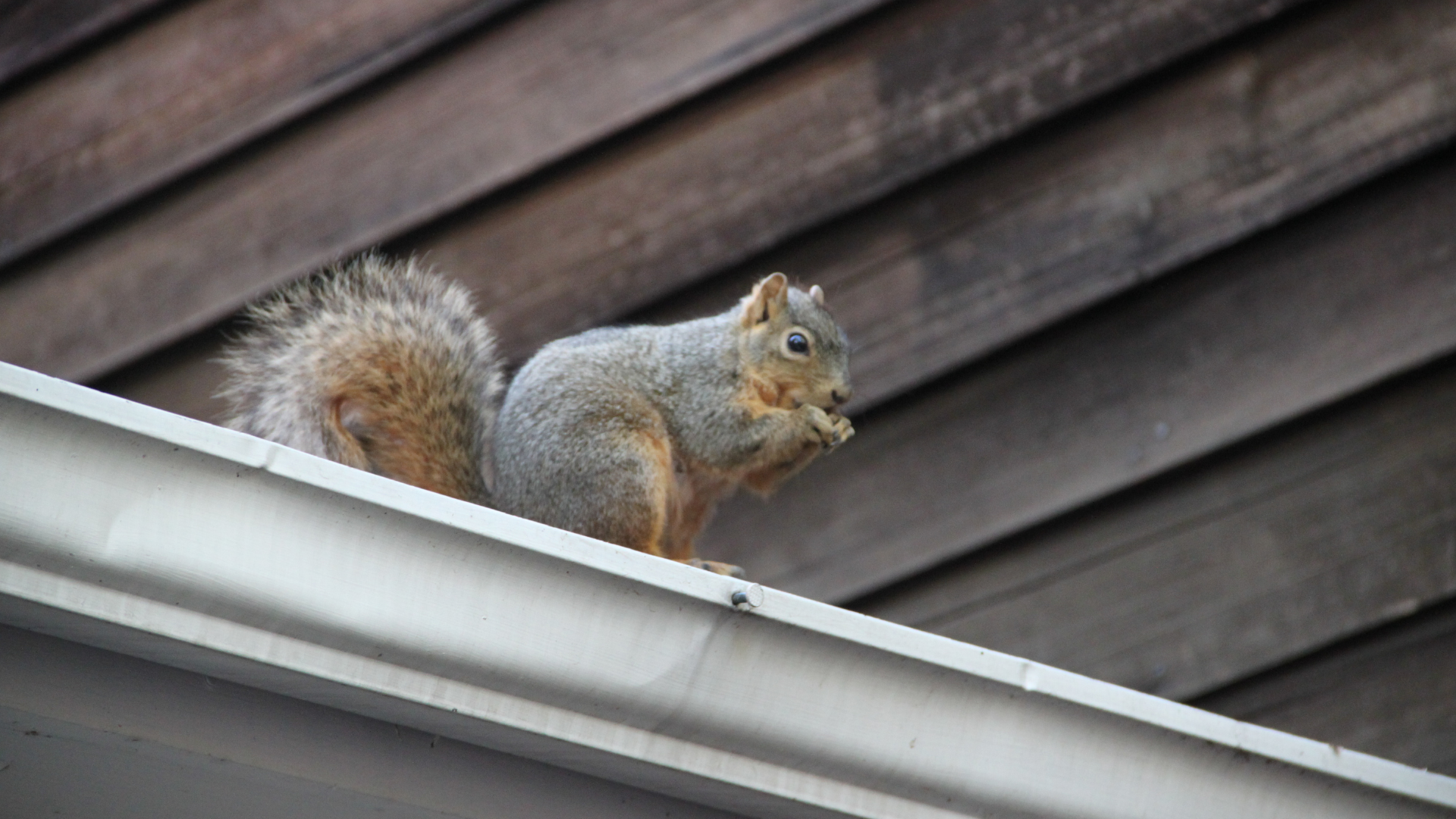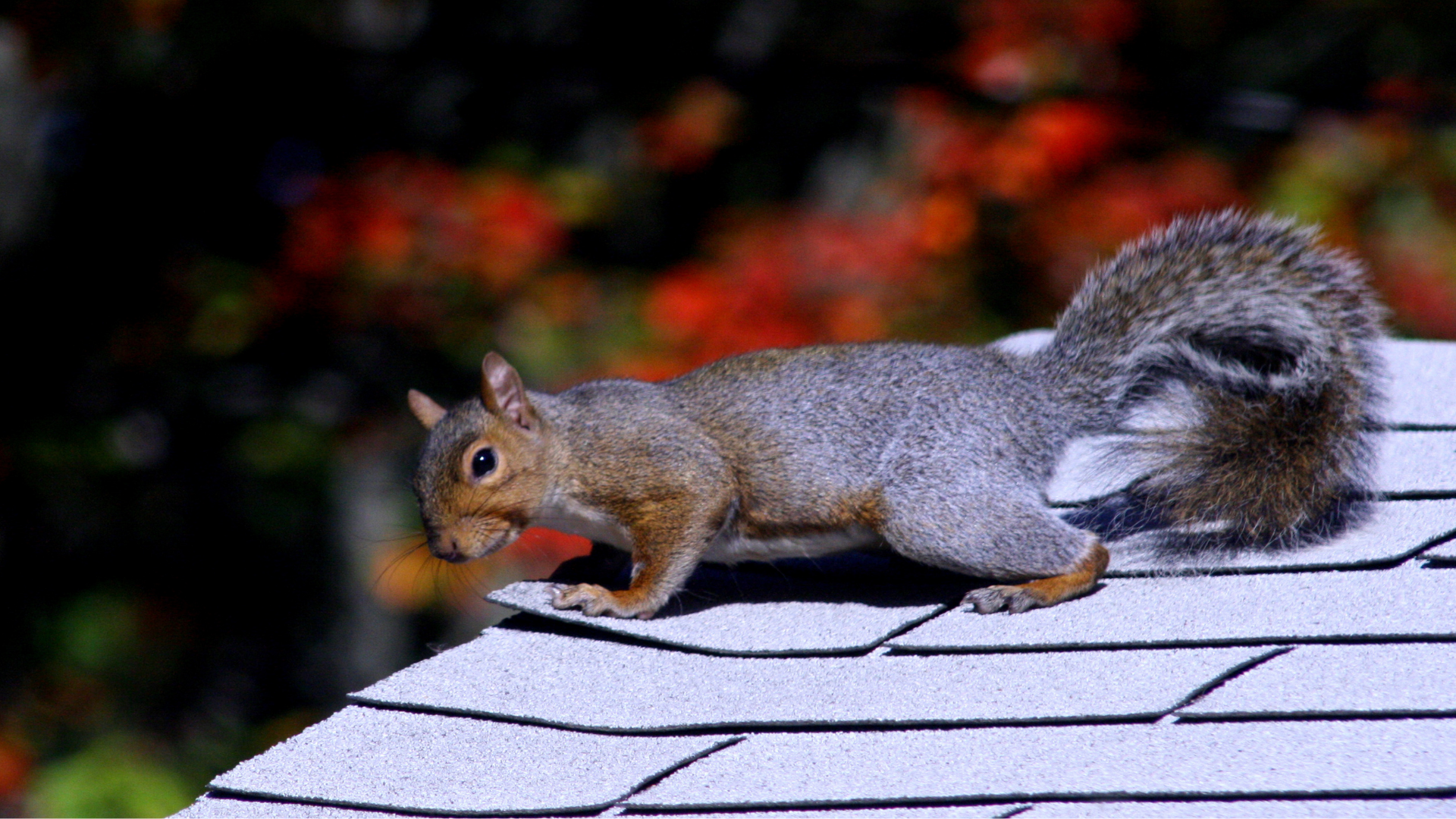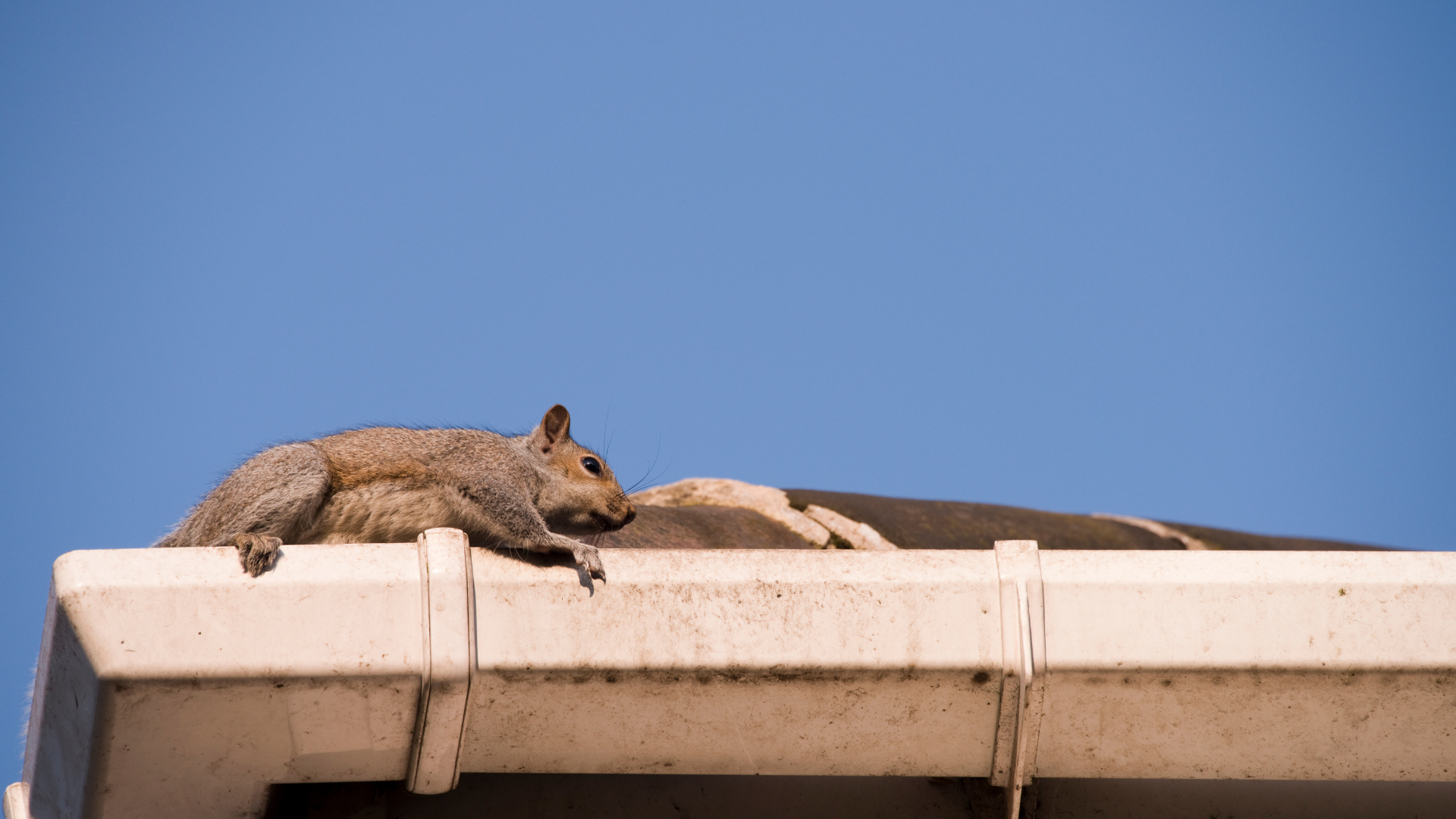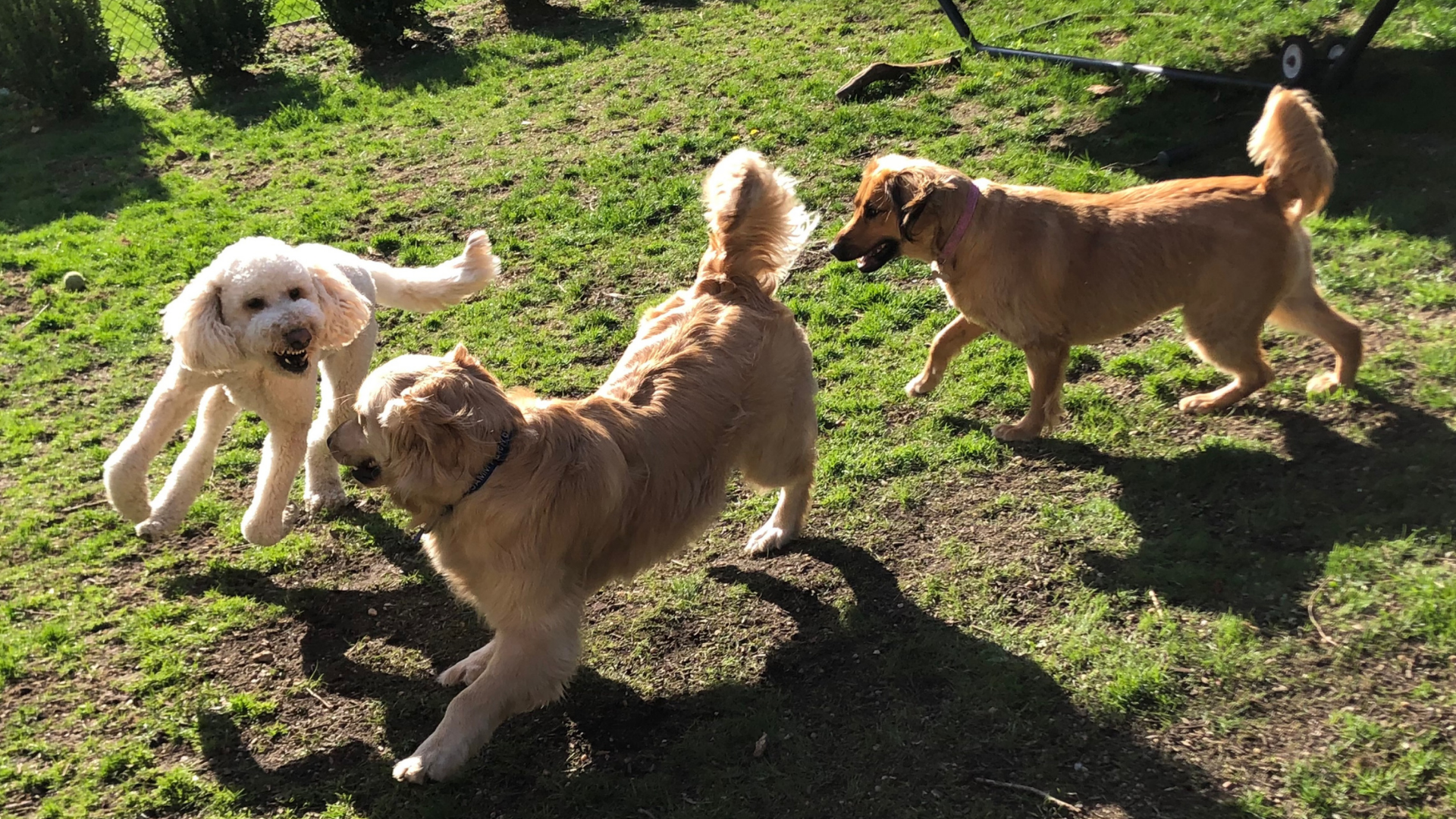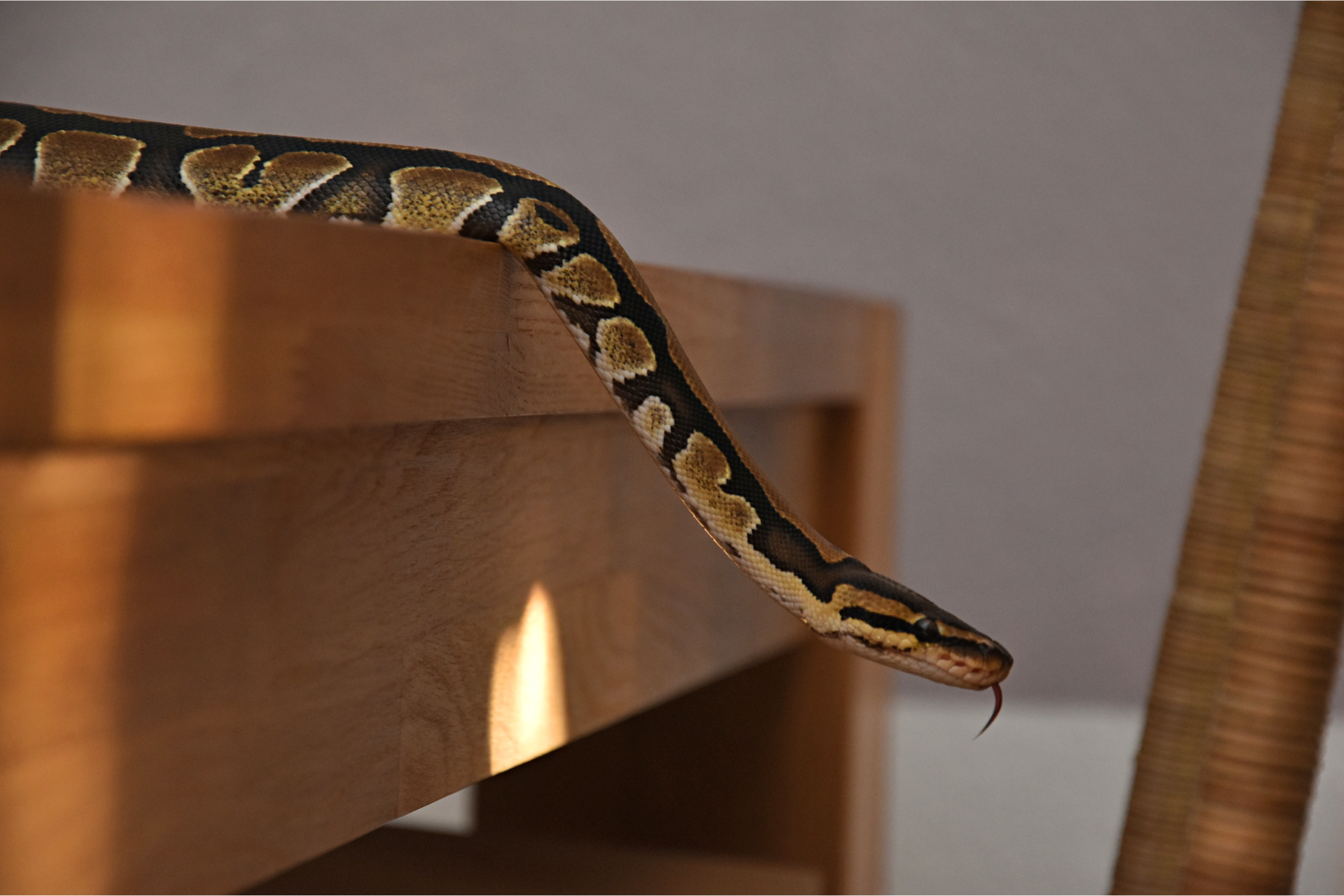Why Are Black Cats Associated With Halloween?
September 23, 2020
Are Black Cats Really Spooky?
Autumn is once again upon us. While life may seem much different this year, some things never change. There is a certain comfort in the inevitable changing of the seasons, and for many of us, fall is a favorite time of year. There's a wisp of chimney smoke and a refreshing chill in the air to chase away the heat of summer. The dip in temperature has taken an invisible paintbrush to our landscape as the trees turn to brilliant hues of gold, amber, and fiery red. Fat orange pumpkins, cheerful mums, and spindly cornstalks decorate the neighborhoods, tell-tale signs that one of our country's most celebrated holidays, Halloween, will be here in no time. Soon "candy bars" will be temporarily penciled in as one of our basic food groups, and that autumnal décor will give way to spookier themes. The pumpkins will be carved into leering jack-o-lanterns, ghosts, scarecrows, and witches will stand sentry in our front yards, and one of the oldest and most iconic symbols of Halloween will be on display everywhere you look: the infamous black cat.
It's funny, isn't it? In general, we love cats—they are second only to dogs as the country's most popular pet. And yet, we don't extend that love to black cats in particular. The superstitious mystique of the black cat is deeply rooted within us, so much so that a simple silhouette instantly evokes an association with fear, evil, witchcraft, and plain old bad luck. We've literally feared them for centuries. In fact, the origin of the black cat's wicked reputation goes back to at least the Middle Ages, and possibly even prehistoric times.
There are theories
that Smilodon fatalis, the earliest-known prehistoric saber-toothed cat, may have possibly been black. But black or not, it would have been only natural that early humans feared those giant, terrifying cats—after all, we were far from the top of the food chain back then. No doubt, the world's very first ailurophobe did not quite walk upright yet.
Fast forward to the Middle Ages, and the association of black cats
with dark forces and evil had already taken hold. Germanic people and the Normans believed that a black cat's appearance was an omen of impending death. Celtic Britons and Gaels considered them malevolent spirits. There's the Cat Sith in Scottish mythology, a soul-stealing, demonic black cat that haunted the Highlands. Welsh folklore boasts the Cath Palug (which translates to "scratching cat"), a monstrous, semi-aquatic creature and vicious killer that grew from a black kitten that was cast into the sea.
By the 1560s, a well-known British legend appears to have taken root as the very first anecdote linking black cats and actual witchcraft. As the story goes, a man and his son were startled by a small black cat that ran across their path one night. The cat appeared to be injured and was walking with a limp. They threw stones at it and then watched as it ran into the home of a woman suspected of being a witch. When that woman was seen the next day, she walked with a limp and had bruises on her face and arms. Of course, the implication was that the woman was a witch that had transformed into the black cat that night and then back to human form again. As this tale spread across England, it became famous, and soon it was the norm to suspect black cats of being witches, or at least of being their familiars and consorts. The fear of witchcraft and the persecution of witches was at an all-time high during that age. It spread to the colonies with the Pilgrims who first settled our country, bringing along with it that same mistrust and fear of black cats that has endured throughout the ages.
Though much less prevalent, it is interesting to note that not all mythology and folklore regarding black cats are negative. In ancient Egypt, black cats were adored and worshiped as gods. In parts of England and Europe, black cats were thought to be good luck on ships—pirates believed that if a cat walked on board and chose to stay on your ship, it would not sink, whereas, if the cat got on but then debarked, it meant the ship was doomed. In Japanese culture, the black cat is a symbol of good luck and prosperity. And that whole superstition about when a black cat crosses your path? If your American, it's bad luck. If you're English or Japanese, it's good luck. And if you're German, it is only bad luck if the cat was crossing from right to left, but if it was moving left to right, it's good luck.
Nowadays, enlightenment and common sense rule the day, but it is still not enough to eliminate those deep-rooted fears. The black cat continues to be an object of superstition. As such, black cats are not adopted anywhere near the same rate as their less-suspect counterparts. Feral and stray cats are also more likely to be black.
And speaking of feral cats, while it is easy to sympathize with a homeless kitty—black or not— please be cautious if you see one. They probably won't cast a spell on you, but a stray cat is still a wild animal that may act very aggressively and unpredictably. Furthermore, stray cats often carry dangerous diseases that may be spread to you and your pets. Do not feed a feral cat or attempt to deal with it yourself. Instead, contact a professional, such as Wildlife Resolutions of Oxford. We know what to do and will make sure the animal is treated humanely and gets the care it needs.
